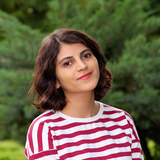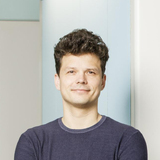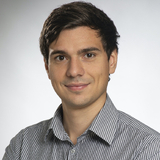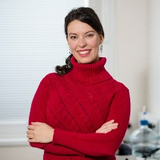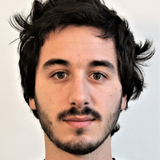Selected Publications
Pulsed laser deposition assisted epitaxial growth of cesium telluride photocathodes for high brightness electron sources
K.P. Mondal, M. Gaowei, E. Echeverria, K. Evans-Lutterodt, J. Jordan-Sweet, T. Juffmann, S. Karkare, J. Maxson, SJ van der Molen, C. Pennington, P. Saha, J. Smedley, WG Stam, R. M. Tromp et al.
A structural analysis of ordered Cs3Sb films grown on single crystal graphene and silicon carbide substrates
2025 APL Materials, 13 (1): 011120
DOI: 10.1063/5.0229850
C. A. Pennington, M. Gaowei, E. M. Echeverria, K. Evans-Lutterodt, A. Galdi, T. Juffmann, S. Karkare, J. Maxson, S. J. van der Molen, P. Saha, J. Smedley, W. G. Stam, R. M. Tromp
Unified Simulation Platform for Interference Microscopy
F. Hitzelhammer, A. Dostálová, I. Zykov, B. Platzer, C. Conrad-Billroth, T. Juffmann, U. Hohenester
Growth of ultra-flat ultra-thin alkali antimonide photocathode films
2024 APL Materials 12, 061114
DOI: 10.1063/5.0213461
G. WG Stam, M. Gaowei, EM. Echeverria, K. Evans-Lutterodt, J. Jordan-Sweet, T. Juffmann, S. Karkare, J. Maxson, SJ van der Molen, C. Pennington, P. Saha, J. Smedley, RM Tromp
Quantum Limits of Position and Polarizability Estimation in the Optical Near Field
L. Kienesberger, T. Juffmann, S. Nimmrichter
View all Publications of Group Juffmann





